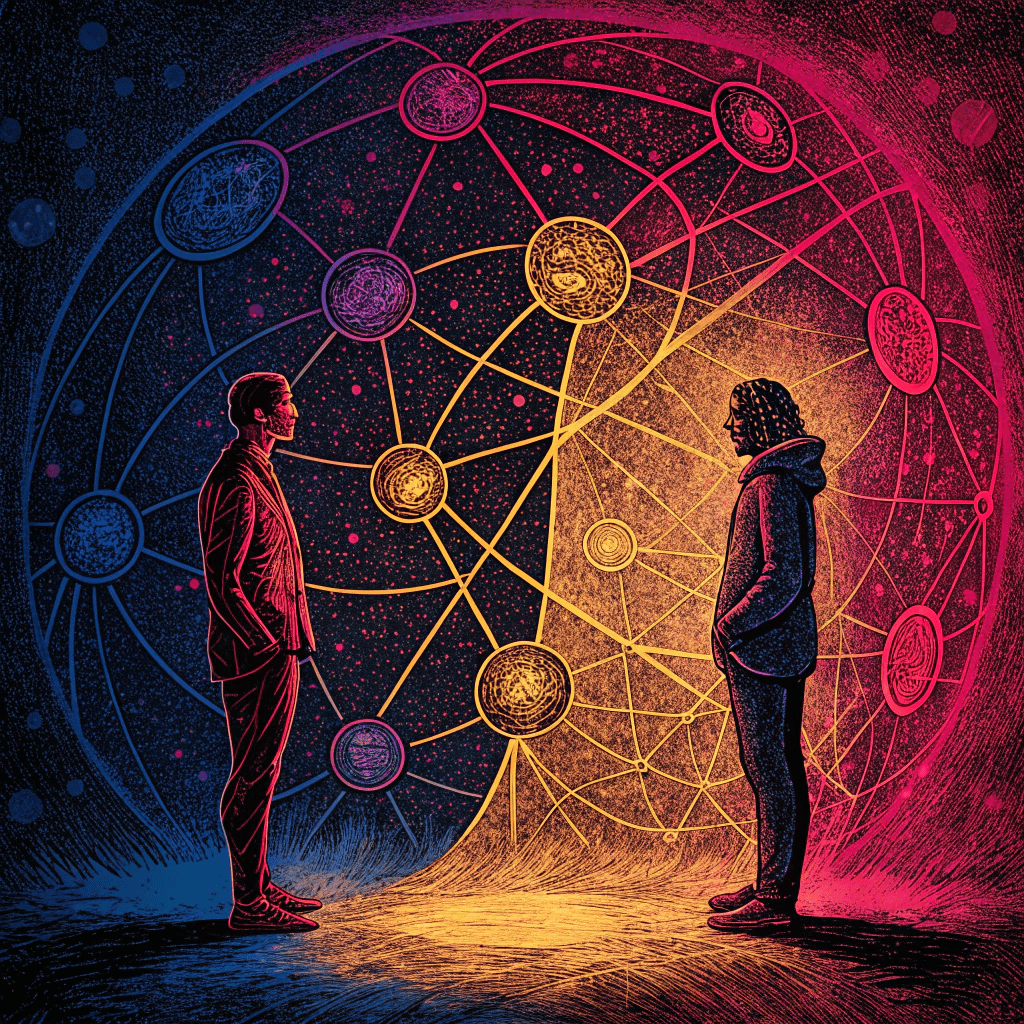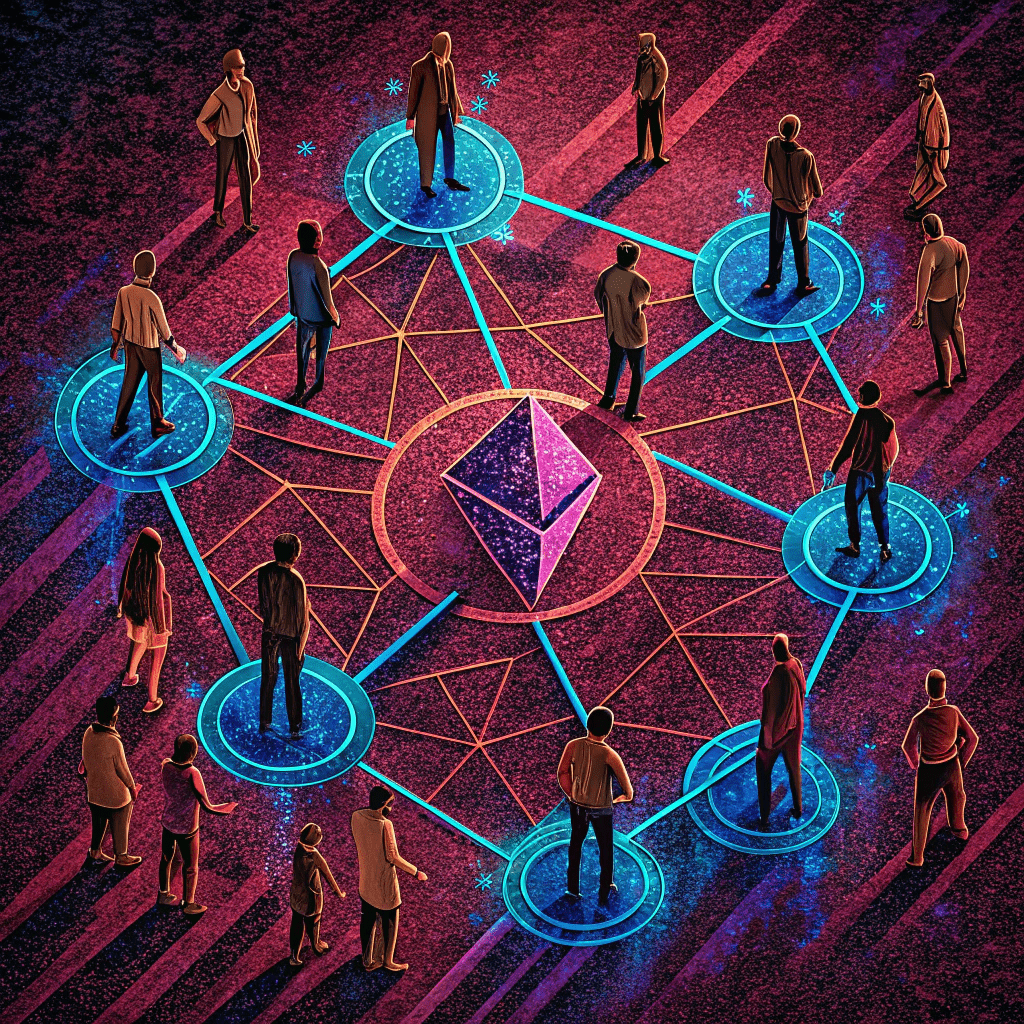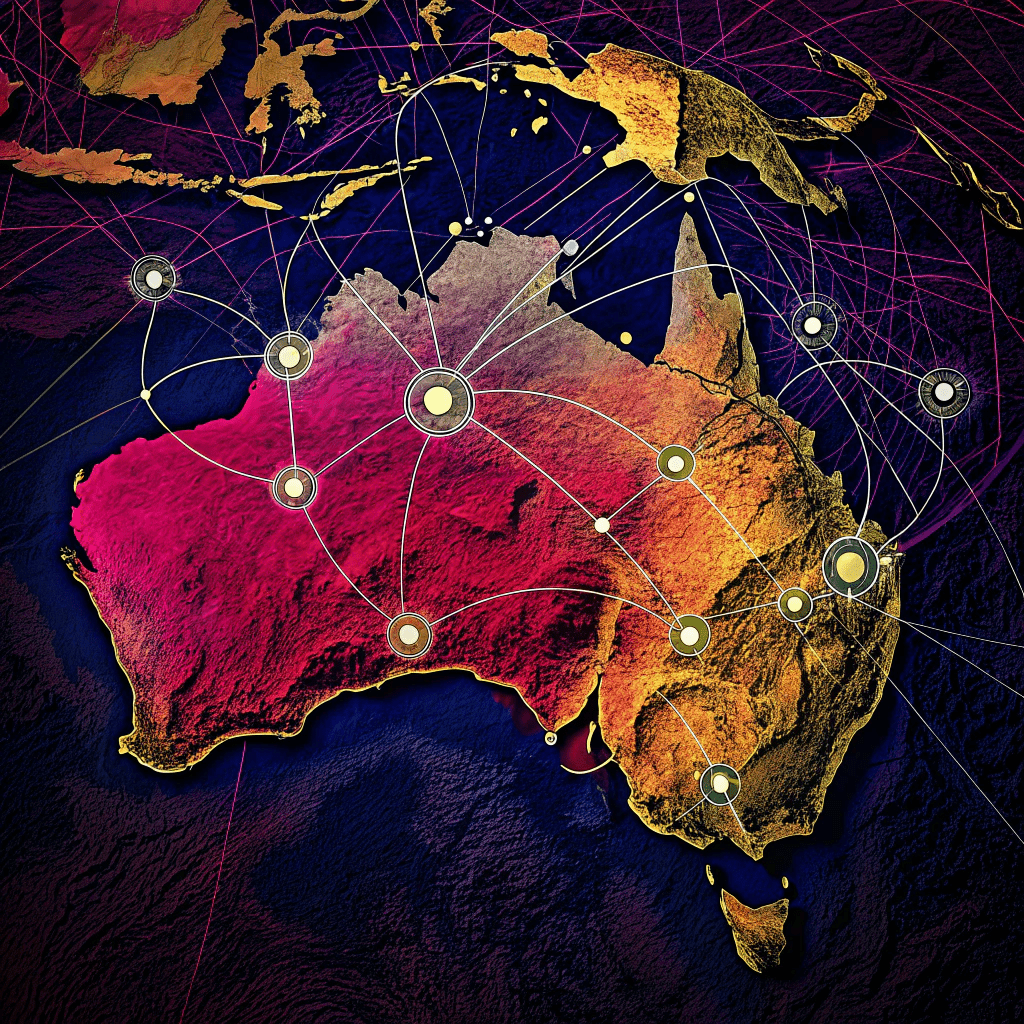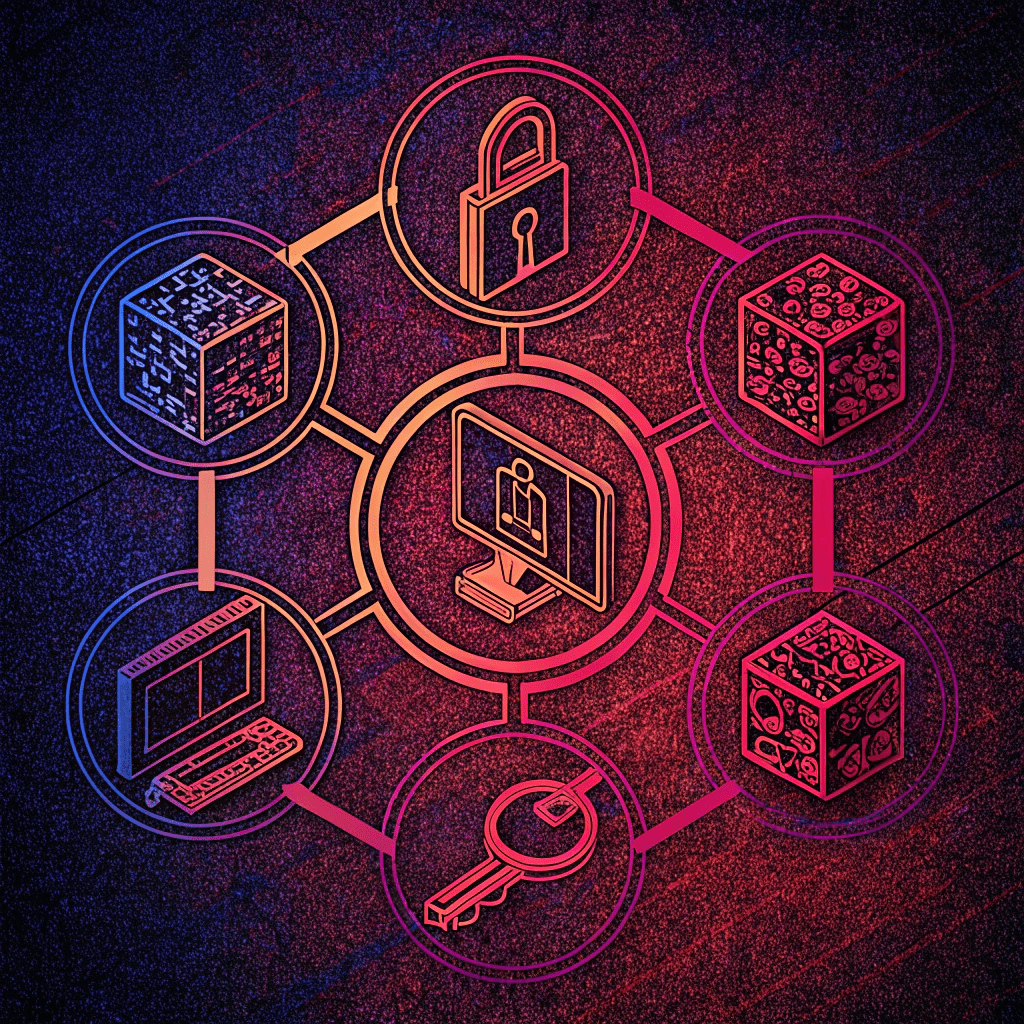The Basics of Web3 for Startups: Unlocking the Power of Decentralization
Discover how Web3 is reshaping the digital landscape for Australian startups, offering new opportunities for innovation and growth.
Introduction to Web3 and Decentralization
Understanding the Shift to Web3
You’ve built your startup on the internet as we know it, often referred to as Web2. But there’s a lot of buzz around the “next evolution” of the internet – Web3. For Australian startups focused on innovation and finding new ways to engage with customers and build businesses, understanding the basics of Web3 is becoming increasingly important. It’s much more than just cryptocurrency; Web3 represents a fundamental shift in how the internet works and who controls it.

Navigating the concepts of decentralization, blockchain, and digital ownership might seem complex, but grasping the fundamentals can open up exciting new possibilities for your startup. This guide will break down the basics of Web3 and explore its potential for Australian startups.
What is Web3?
To understand Web3, it helps to look at its predecessors:
- Web1 (roughly 1990s-early 2000s): The “read-only” web. Websites were static, and users primarily consumed information.
- Web2 (roughly early 2000s-present): The “read-write” web. This is the internet we use today, characterized by interactive websites, social media, user-generated content, and centralized platforms (like Google, Facebook, Amazon) that host and control user data.
- Web3: Envisioned as the “read-write-own” web. It aims to be decentralized, where users have more control over their data and digital assets, often powered by technologies like blockchain. Simplilearn provides a comprehensive guide to Web 3.0 if you want to delve deeper. You can also find a clear breakdown of the differences between Web 1.0, Web 2.0, and Web 3.0 from resources like LXA Hub.
Web3 is still evolving, but its core promise is a more open, decentralized, and user-centric internet.
Understanding Decentralization
Decentralization is a key principle of Web3. In Web2, power and data are largely controlled by a few large corporations (centralized). In a decentralized system, control and data are distributed across a network, often powered by blockchain technology. Chiliz offers an explanation of what decentralization is in blockchain, highlighting its core role. AWS also provides insights into how decentralization works in blockchain.
- Think of the difference between a traditional bank (centralized) and a peer-to-peer payment system built on blockchain (decentralized).
- Decentralization can lead to greater transparency, security (as there’s no single point of failure), and puts more control in the hands of users and communities.

Web3 Opportunities for Startups
Unlocking Potential with Web3

So, how can this apply to your Australian startup? Web3’s potential goes beyond speculative digital currencies:
- New Business Models: Explore tokenization (representing assets or value digitally), decentralized autonomous organizations (DAOs – community-governed entities), and new ways to monetize digital interactions and content.
- Enhanced Data Control and Privacy: Offer users greater control over their personal data.
- Direct Engagement & Community Building: Use tokens or NFTs (Non-Fungible Tokens – unique digital assets) to build loyal communities and provide exclusive experiences.
- Transparency and Trust: Utilize blockchain for transparent record-keeping (e.g., supply chain tracking, verifying authenticity).
- Decentralized Applications (dApps): Build applications that run on decentralized networks, potentially offering more resilience and user ownership. Calibraint provides real-world examples of Web 3.0 use cases, including DeFi, NFTs, DAOs, and supply chain management. Antier Solutions also lists 10 real-world use cases of Web3 development.
Foundational Technologies of Web3
Core Technologies Driving Web3 Innovation
Opportunities in Australia
Web3's Impact on Australian Startups
The Web3 space is growing in Australia, with increasing interest from businesses and developers exploring its potential applications across various sectors. Recent data reveals record crypto adoption in Australia, with almost a third (31%) of Aussies currently owning or having owned cryptocurrency, indicating increasing familiarity with decentralized digital assets. While this doesn’t equate to broad Web3 application adoption, it shows a growing comfort level with underlying technologies.
Interest from businesses and developers in exploring Web3’s potential applications across various sectors is also rising. Although empirical data on broader Web3 use beyond crypto in Australia is still developing, resources track Australian blockchain projects and startups, showcasing activity in areas like peer-to-peer energy sharing (Power Ledger), supply chain transparency, digital identity, and more. Industries like the creative sectors are also exploring Web3 applications, although take-up remains nascent for some. The landscape is dynamic, with ongoing discussions around regulation and innovation in the Australian Web3 ecosystem.

Steps to Engage with Web3
Getting Started with Web3 Technologies
Exploring Web3 doesn’t mean abandoning Web2 entirely. For Australian startups, engaging with Web3 can begin with understanding its potential relevance to your specific business model and target audience.
- Identify Relevant Use Cases: Don’t jump into Web3 because it’s a buzzword. Research how decentralized technologies could genuinely solve a problem for your business or create a new opportunity. Could tokenization enhance customer loyalty? Could blockchain improve transparency in your supply chain? Are there dApps that could integrate with your service?
- Educate Yourself and Your Team: Web3 concepts can be complex. Invest time in learning the fundamentals of blockchain, smart contracts, and decentralization. There are many online resources and communities available.
- Start Small: Consider integrating a small Web3 element into your existing Web2 business model as a pilot project rather than attempting a complete overhaul. This could be exploring NFT use for digital collectibles or loyalty rewards, or using a simple smart contract for a specific process.
- Understand the Technology (at a high level): While you don’t need to become a blockchain developer, understanding the basic capabilities and limitations of the underlying technology is important for making informed decisions.
- Assess Your Target Audience’s Readiness: Is your target audience familiar with or open to using Web3 technologies? User adoption is key, so consider if and how you might need to educate your customers.
- Navigate Regulatory Uncertainty: The regulatory landscape for Web3 technologies in Australia is still evolving. Stay informed about potential changes and ensure any implementation complies with current laws and standards, particularly regarding data privacy and consumer protection.
- Be Mindful of Technical Complexity and Security: Implementing Web3 solutions can be technically challenging. Security is paramount in decentralized systems; understand the risks associated with smart contracts and blockchain interactions.
- Explore Consulting and Development Partners: As a startup, you likely have limited in-house Web3 expertise. Partnering with experienced Web3 developers and consultants can help you navigate the technical complexities, identify relevant use cases, and build secure solutions.
Navigating these considerations thoughtfully will help your Australian startup approach Web3 opportunities strategically and minimize potential risks.
How Tr1f3cta Can Help!
Partner with Tr1f3cta
Navigating the world of Web3 requires specialized expertise. At tf3.com.au, we are at the forefront of Web2 <> Web3 integration. Our services are designed to help your Australian startup explore and implement Web3 technologies:
- Web & App Developing: We offer comprehensive custom web and application development services.
- Specialized Web2 <> Web3 Integration & Development: This is a key area of our expertise. We can help your Australian startup understand how Web3 technologies like blockchain and smart contracts can be integrated into your existing business or used to build innovative new applications. Find out more > Custom Development
- Web3 Consulting: We provide strategic advice and technical expertise to help you explore the opportunities and navigate the complexities of the Web3 ecosystem, ensuring you make informed decisions.
Ready to explore the potential of Web3 for your Australian startup and unlock new possibilities?
We are here to provide expert assistance and guidance in Web2 <> Web3 Integration and Development.
Contact us today for a consultation!
Conclusion
Web3 represents a significant evolution of the internet, moving towards a more decentralized, user-centric, and ownership-driven online experience. Unlike Web2, where data and control are largely concentrated in centralized platforms, Web3’s foundation on technologies like blockchain empowers users with greater control over their digital assets and personal information. Understanding this fundamental shift is crucial for Australian startups aiming to innovate and stay competitive in the digital age.

The potential applications of Web3 for startups extend far beyond speculative digital currencies. By exploring concepts like tokenization, decentralized applications (dApps), and leveraging blockchain for transparency and trust, startups can unlock opportunities for entirely new business models, enhance direct engagement with their communities, and offer users unprecedented control over their data. While navigating this evolving landscape involves technical considerations and regulatory awareness, the core promise of Web3 offers compelling advantages for those willing to explore. Identifying relevant use cases that genuinely solve problems or create value for your target audience is the key to successful Web3 adoption.
The future of the internet is being built now, driven by these decentralized technologies. For Australian startups, understanding the basics of Web3 and strategically exploring its practical potential is not just about keeping up with trends; it’s about positioning your business at the forefront of digital innovation and unlocking new possibilities for growth and engagement in the evolving online world.
Relevant Hashtags
Hashtags
#Web3 #Decentralization #Blockchain #Startups #Innovation #DigitalTransformation #FutureOfTech #AustralianStartups #TechRevolution #WebDevelopment #TechConsulting #BusinessGrowth #DigitalStrategy #EmergingTechnologies #Web3Solutions


